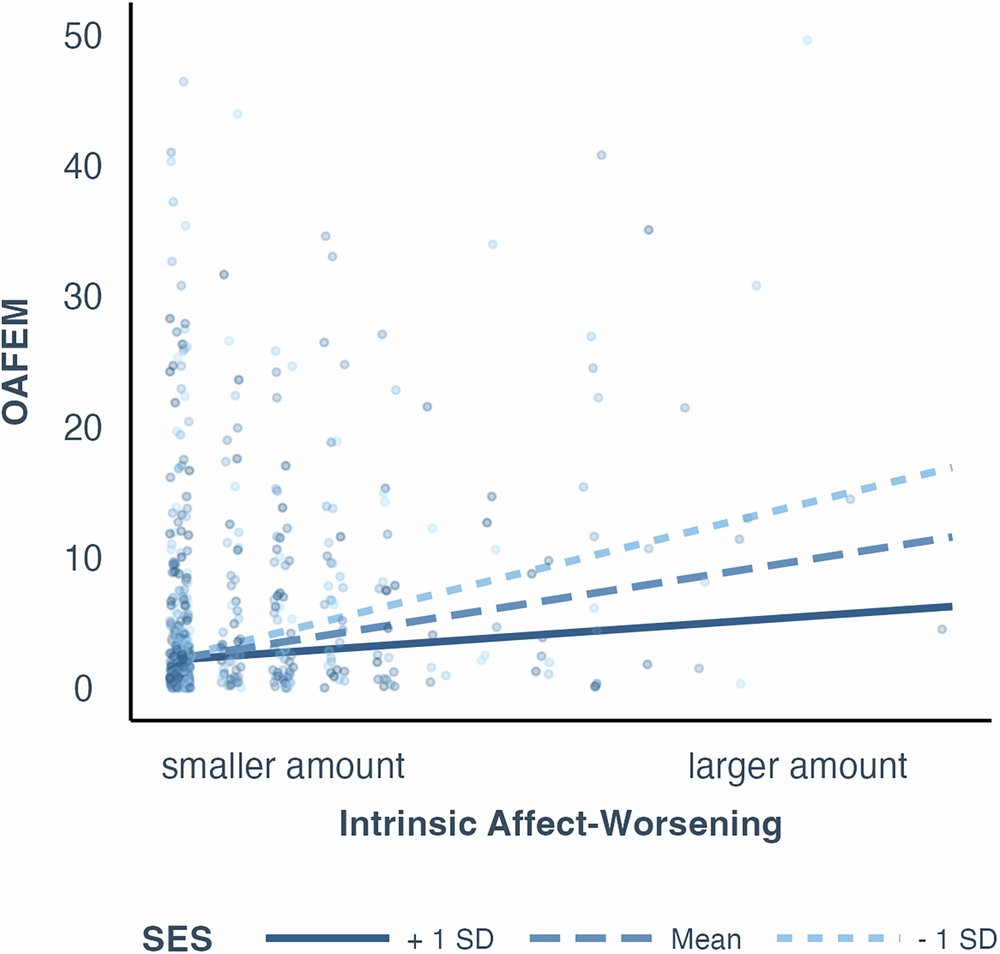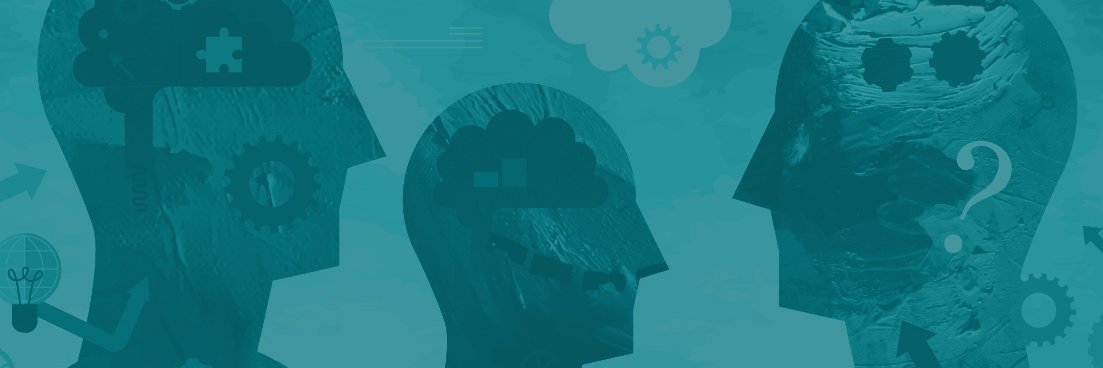
Communications Psychology
@CommsPsychol
Communications Psychology is an open access, peer reviewed journal in the Nature portfolio, publishing research, reviews and commentary across psychology.
Facial muscle activity can shape how we recognize emotions. The study found that electrical stimulation of smiling muscles makes people more likely to see neutral faces as happy. @_Neurobaker @TheRealDrNgo @ThemisEfth @artelse @MarcMehu @sebkorb nature.com/articles/s4427…
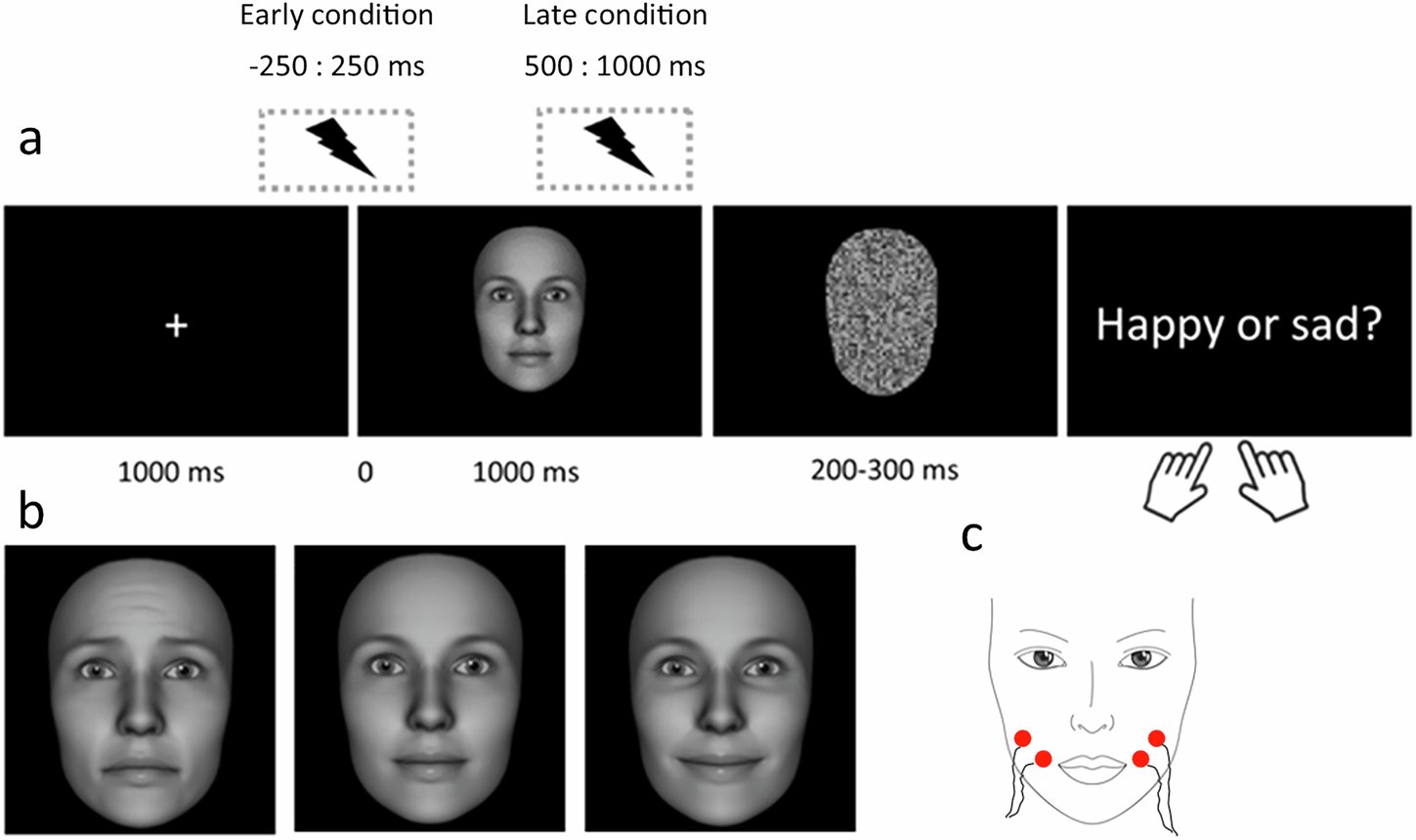
This study shows that conservatives and liberals divergently evaluate stereotype portrayals of race and gender, displaying consistency and variability in their preference for stereotypes of racial minority or white male and female models. @elizabethjiang nature.com/articles/s4427…
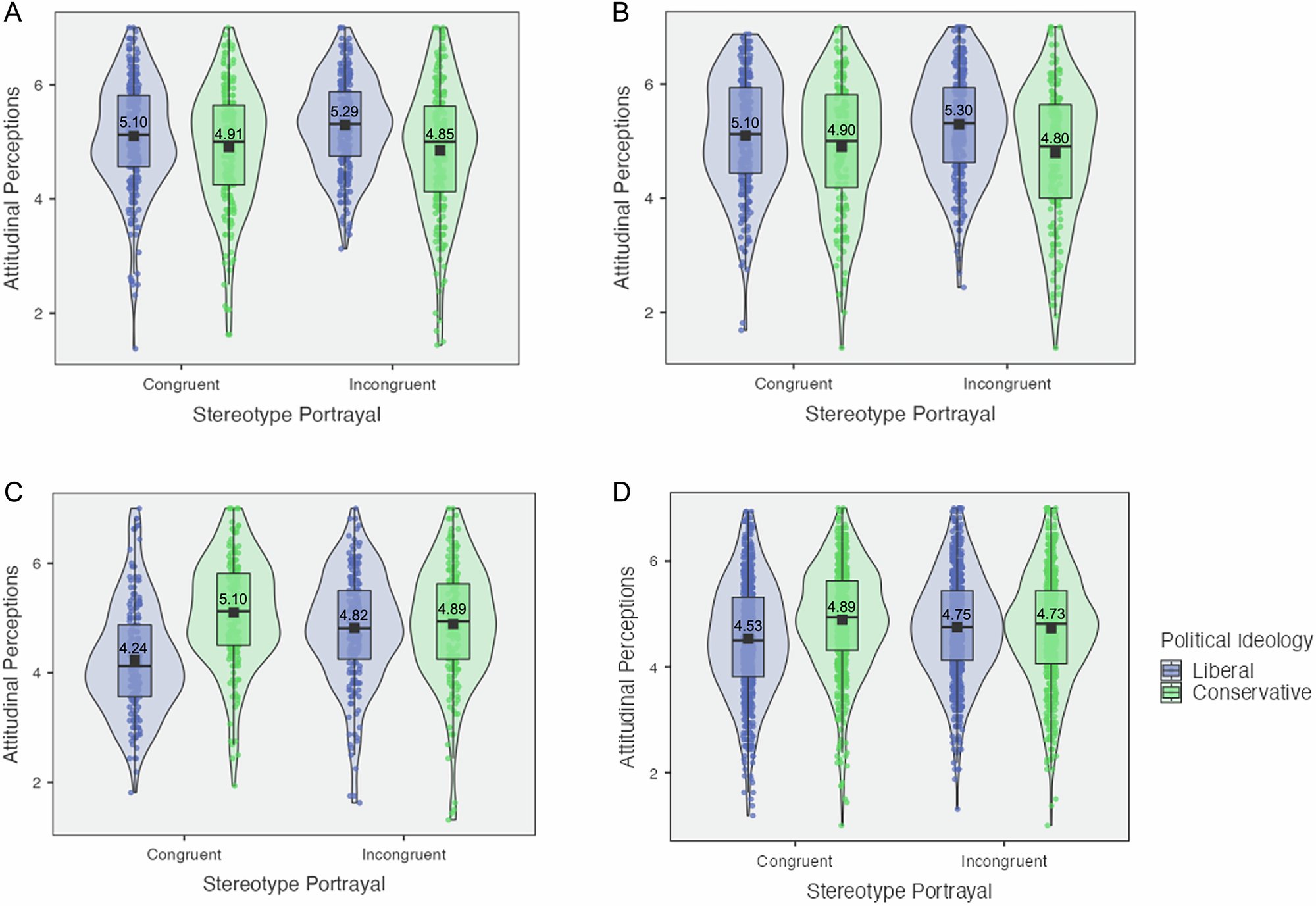
A randomized control trial in Singapore finds that private and public pledges reduced kids’ shower times, countering a boomerang effect from a 5-min goal. Both pledges boosted motivation, saving water & promoting conservation habits. @JeevatheHuman nature.com/articles/s4427…
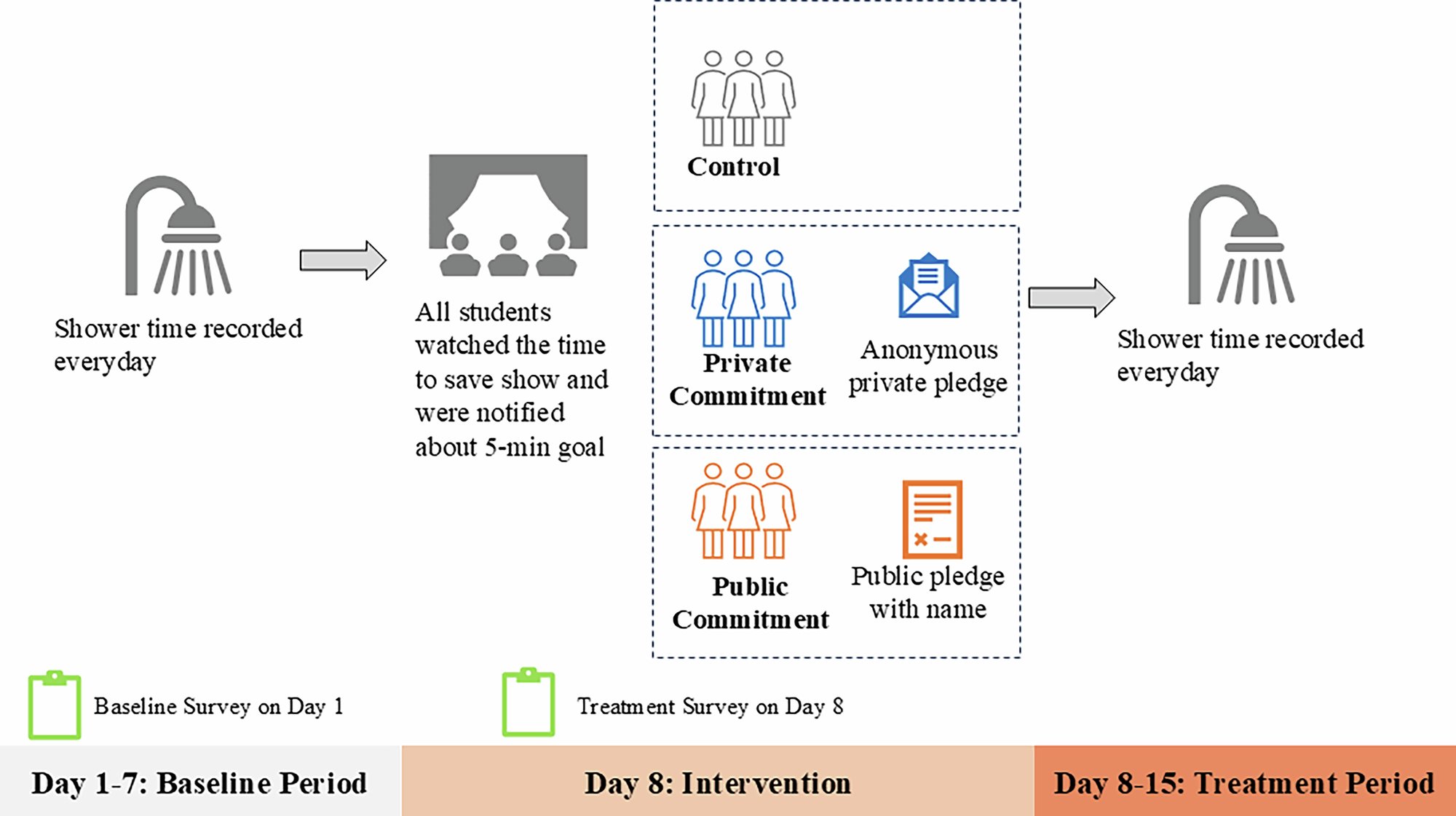
Using computational modeling of behavioral data, this study demonstrate that preferences involved in creative thinking are stable across three domains of creativity. nature.com/articles/s4427…
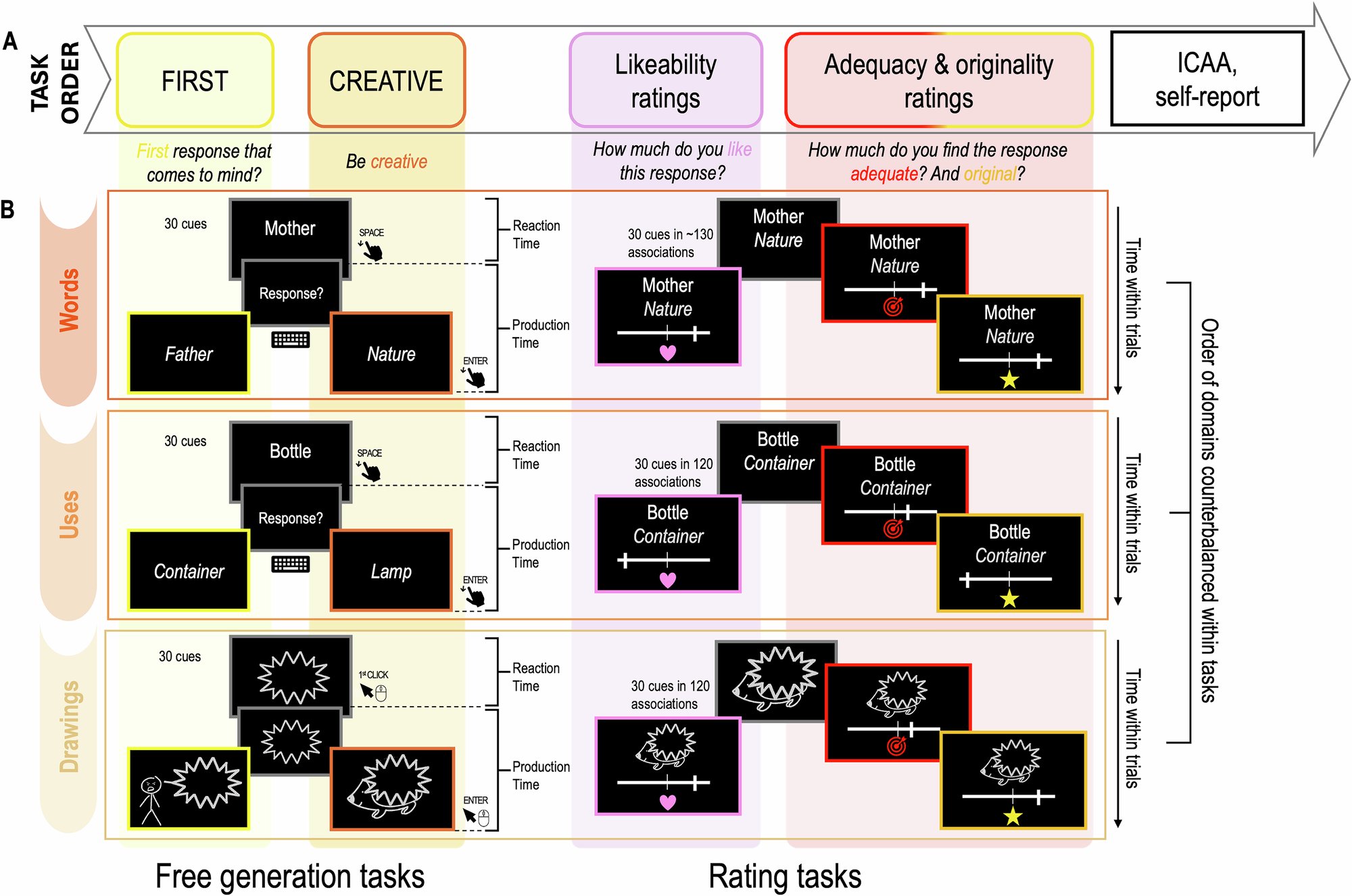
This study shows that rising political polarization is linked to an increase in distorted language patterns—commonly associated with anxiety and depression—highlighting a link between political expression and cognitively distorted thinking nature.com/articles/s4427…
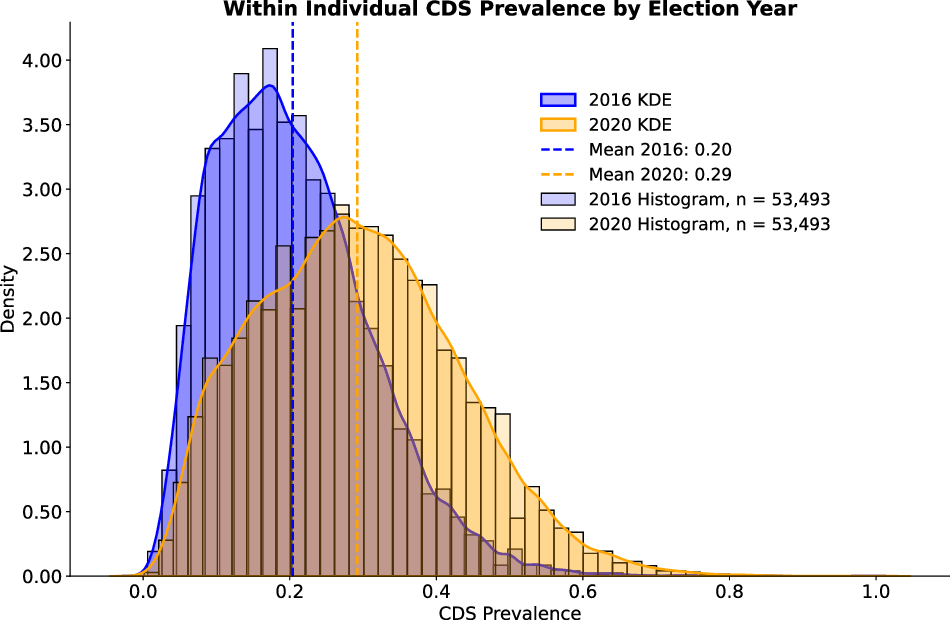
High social aloofness was linked to reduced exploration, lower decision noise, and high choice stickiness in a bandit task. These effects reflect habitual and outcome-driven behaviours, linking social disengagement to nonsocial decision flexibility. nature.com/articles/s4427…
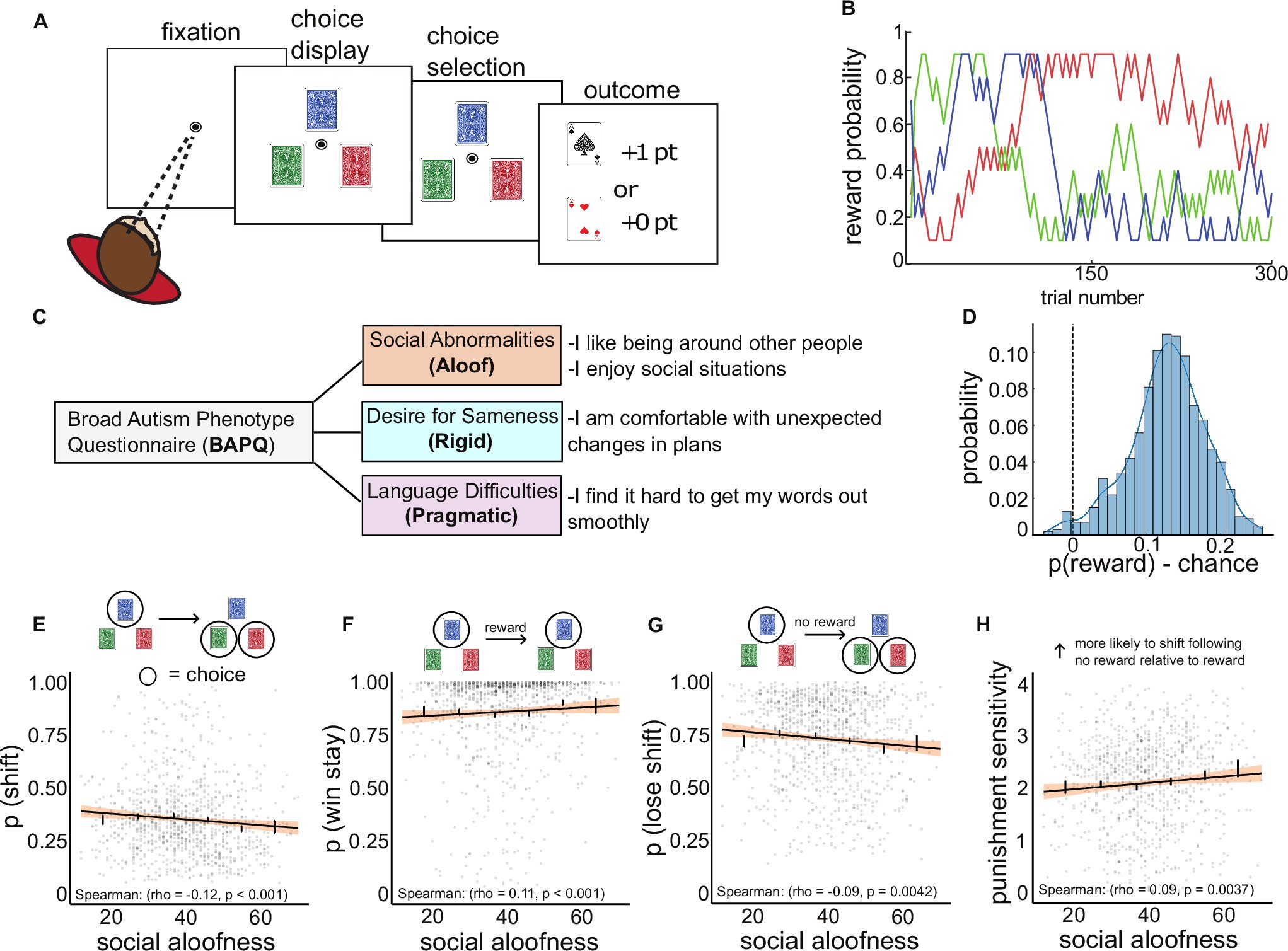
Explicitly presenting a range (e.g. 0–60 km/h) instead of a single limit (e.g. 60 km/h)—the ‘Range Nudge’—acts as an additional anchor to enhance adherence. Seven experiments showed reduced speeding and increased handwashing time. nature.com/articles/s4427…
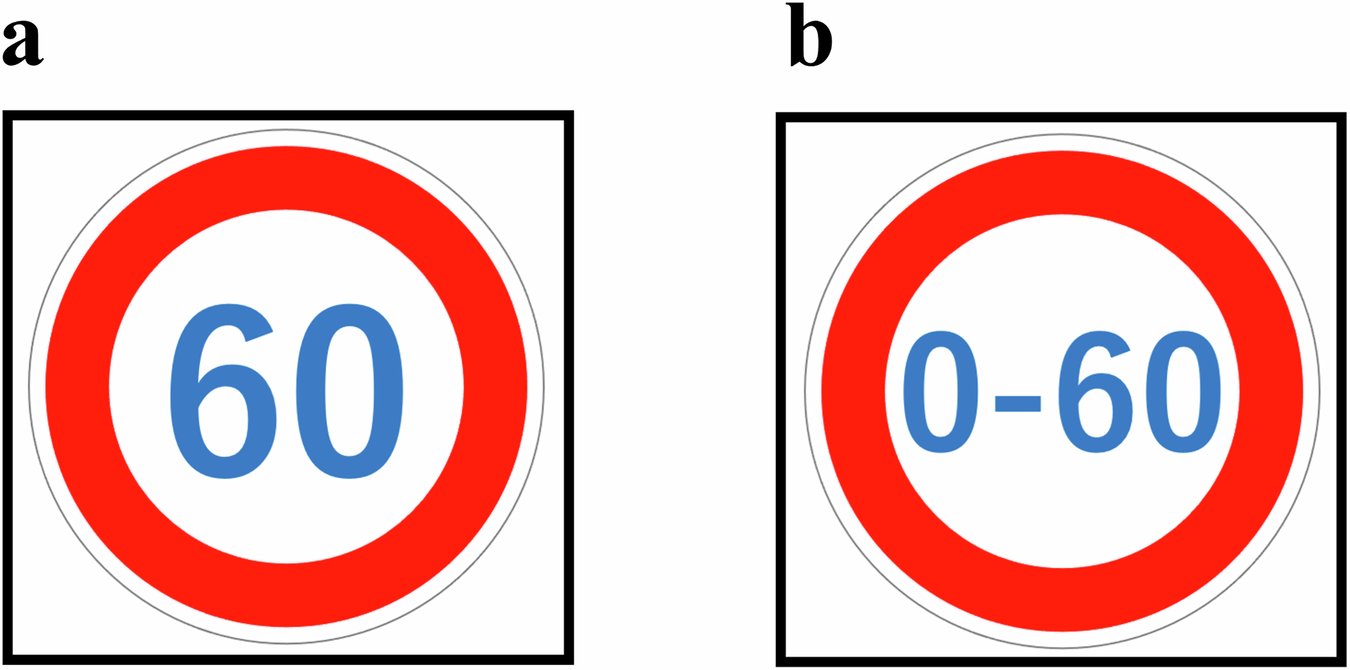
Misinformation is often framed as a cognitive failure, focusing on the vulnerabilities of those who believe it. But misinformation often stems from deliberate disinformation campaigns—which should be considered proactive intergroup aggression. nature.com/articles/s4427…
Using longitudinal SHARE data, this study examines how cognitive aging relates to hearing impairment and distinct profiles of social isolation and loneliness, highlighting differences in memory and executive function trajectories. nature.com/articles/s4427…
Using a gamified punishment task, this study identifies specific learning and decision-making deficits that drive robust, consequential differences in choice within an international population sample across a 6-month interval. @philJRDB @Lizzzzz34527727 nature.com/articles/s4427…
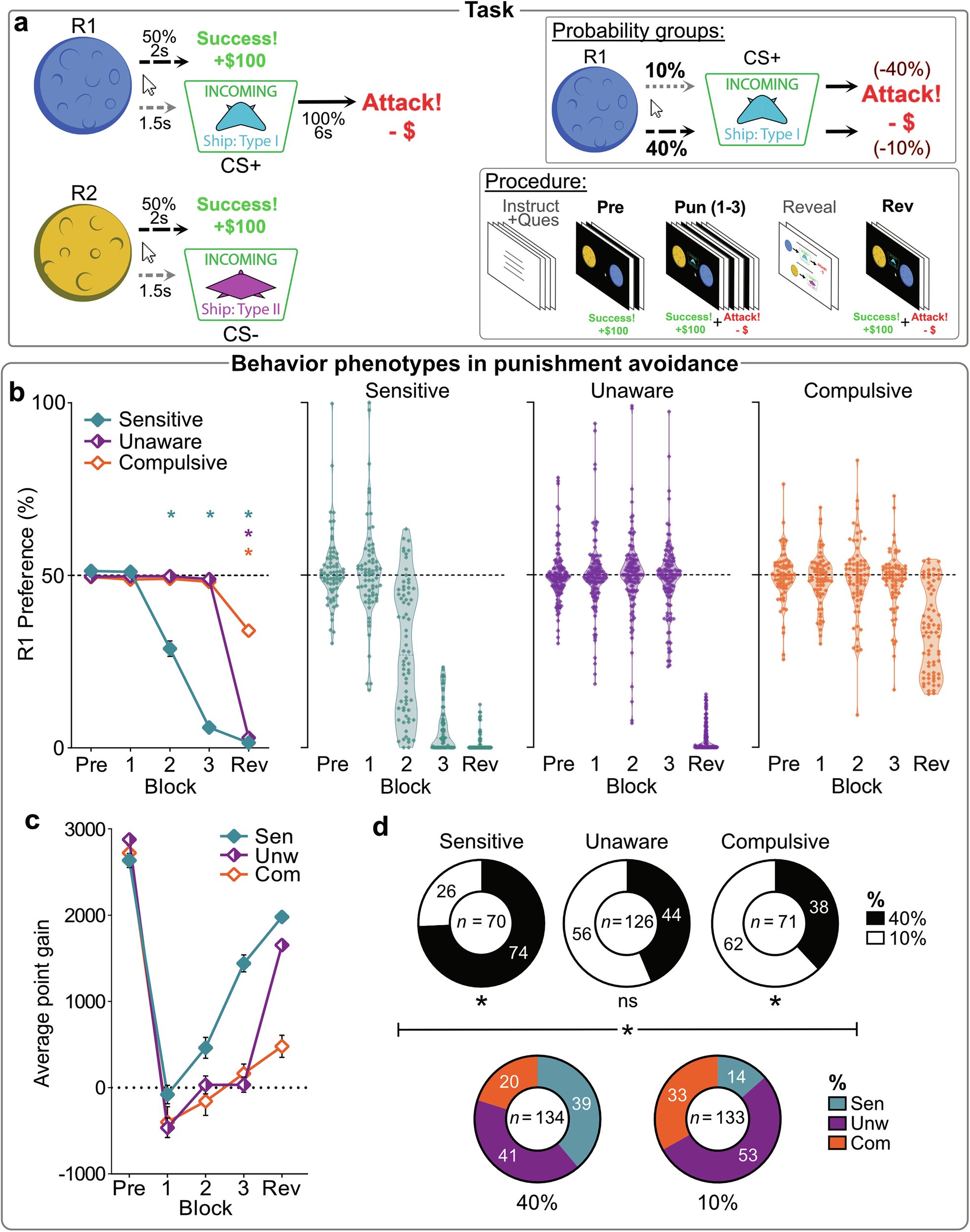
This resource presents a tool to use multimodal transformers to generate reliable, context-sensitive concreteness ratings for single words and multi-word expressions across languages. @ViktorKewenig nature.com/articles/s4427…
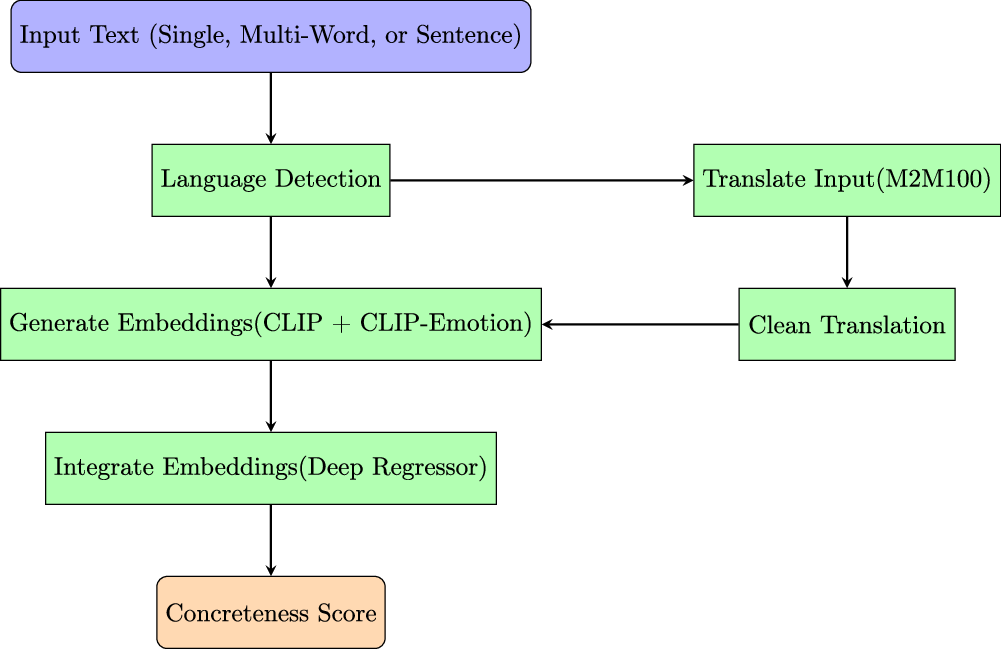
Call for papers: The editors at Communications Psychology, @NatureComms , and @SciReports invite manuscripts that highlight recent progress in Comparative Psychology nature.com/collections/gb…

Using naturalistic videos and free-text responses, this study compares latent and network models of social inference. Sparse networks capture richer, dynamic, and culturally diverse inference patterns than traditional low-dimensional structures. nature.com/articles/s4427…
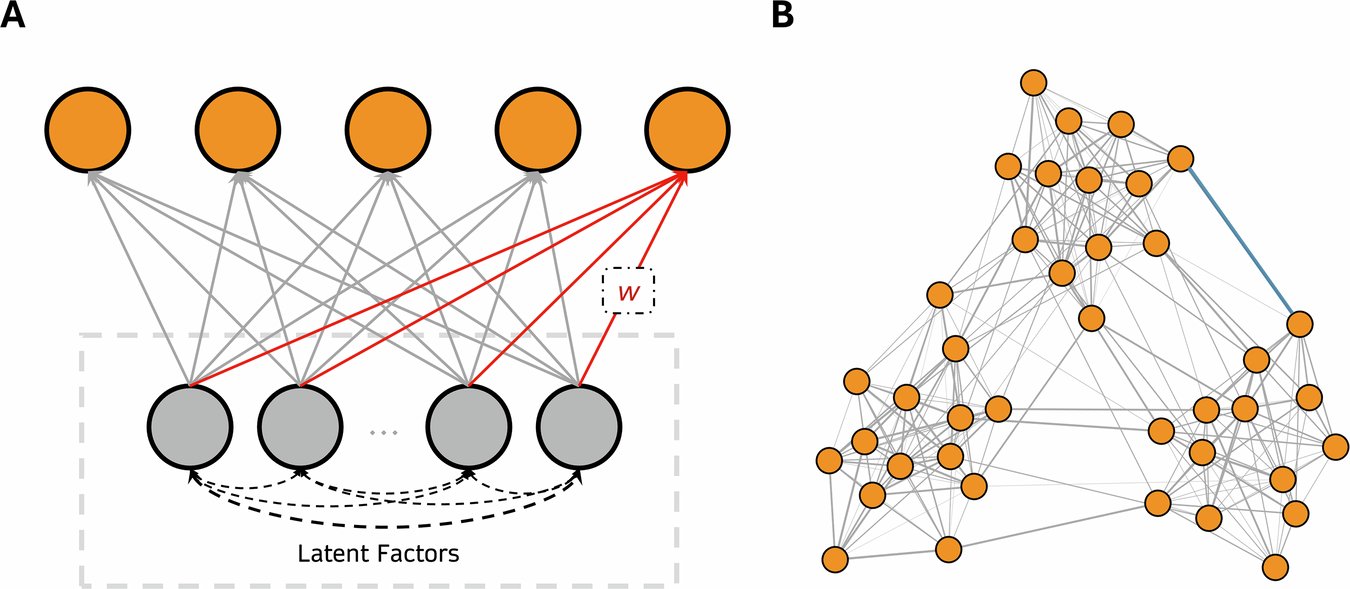
Using computational modeling and EEG the study suggests several metacognitive states correlate with rational adjustments in behaviour; this might benefit steering behaviour towards optimality. nature.com/articles/s4427…
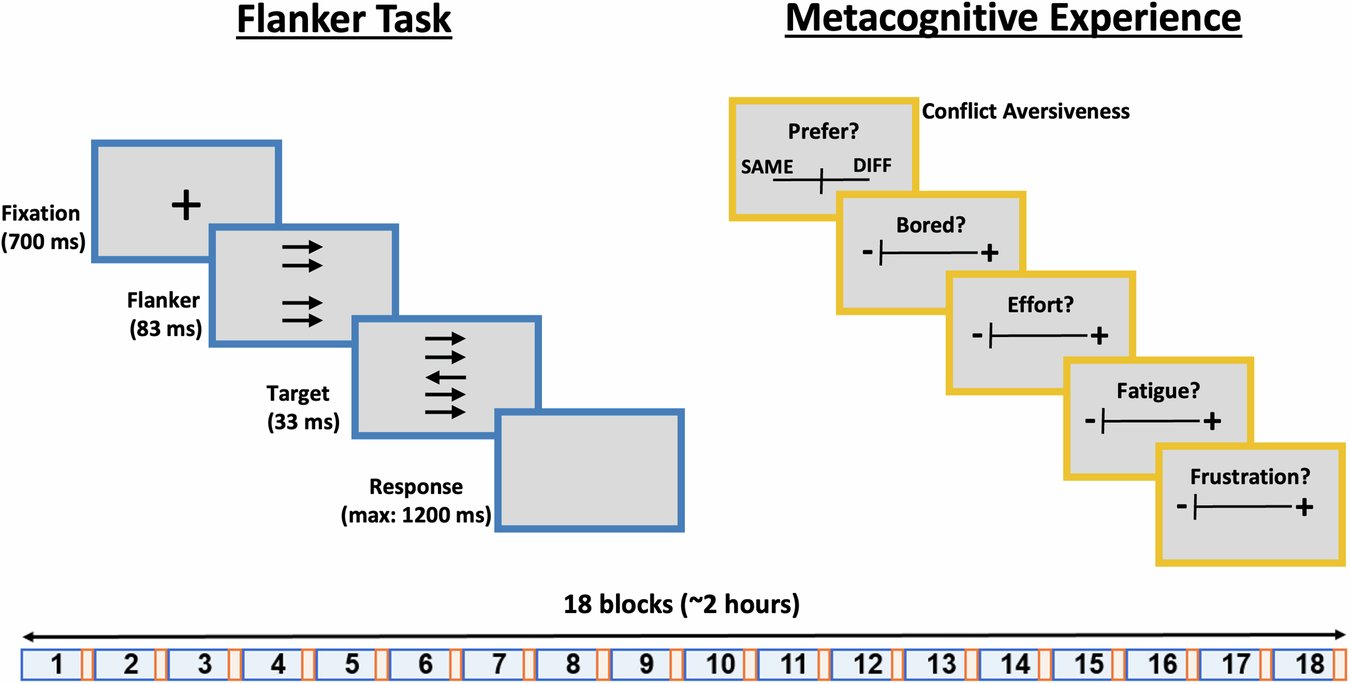
Large Language models are powerful prediction tools. Based on short aspirational essays written at age 11, these models predicted cognitive and non-cognitive traits up to the level of teacher assessments. nature.com/articles/s4427…
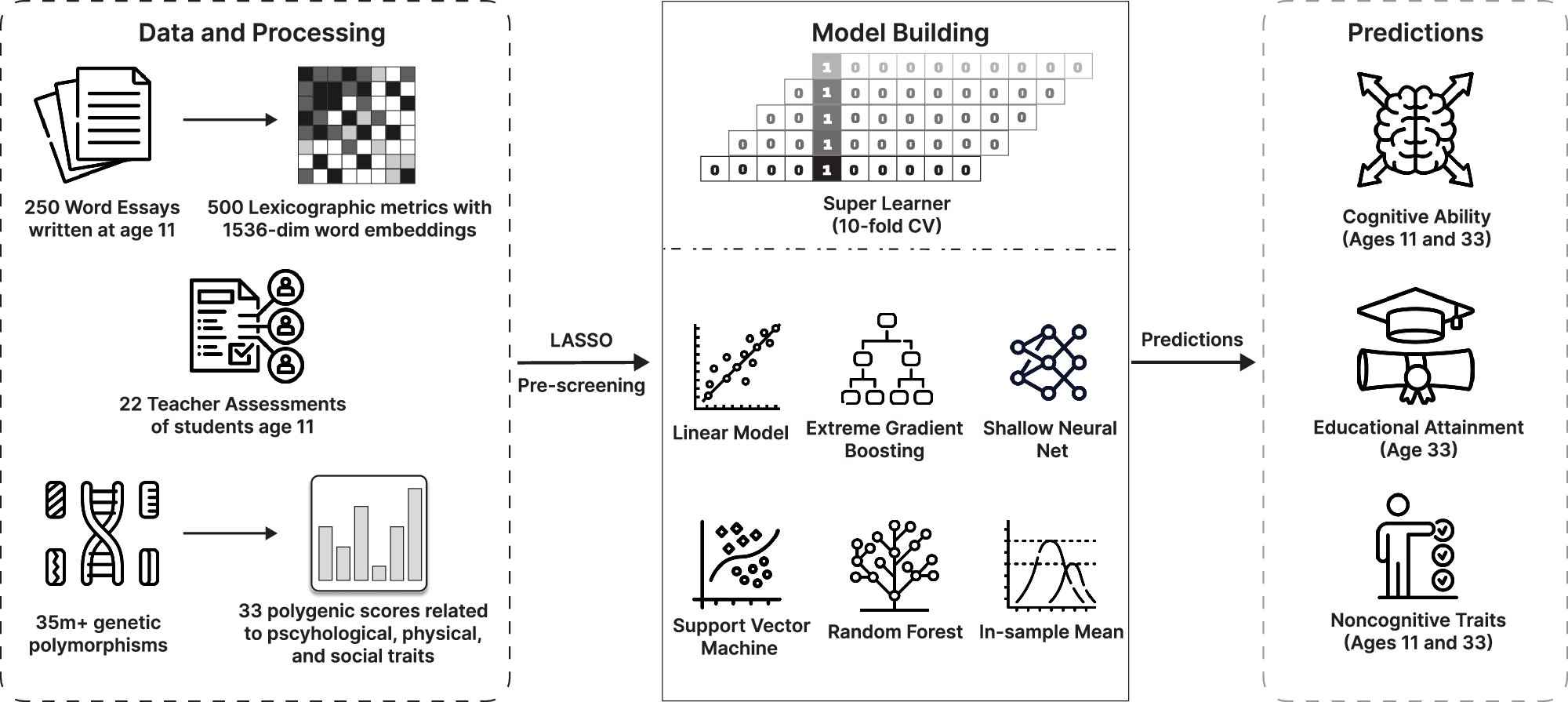
Choice history and stimulus probability-induced biases in somatosensory perception are reflected in prestimulus beta power modulations across distinct brain regions. @_Esra_Al @arnovillri @GrundMar @CarinaForster8 nature.com/articles/s4427…
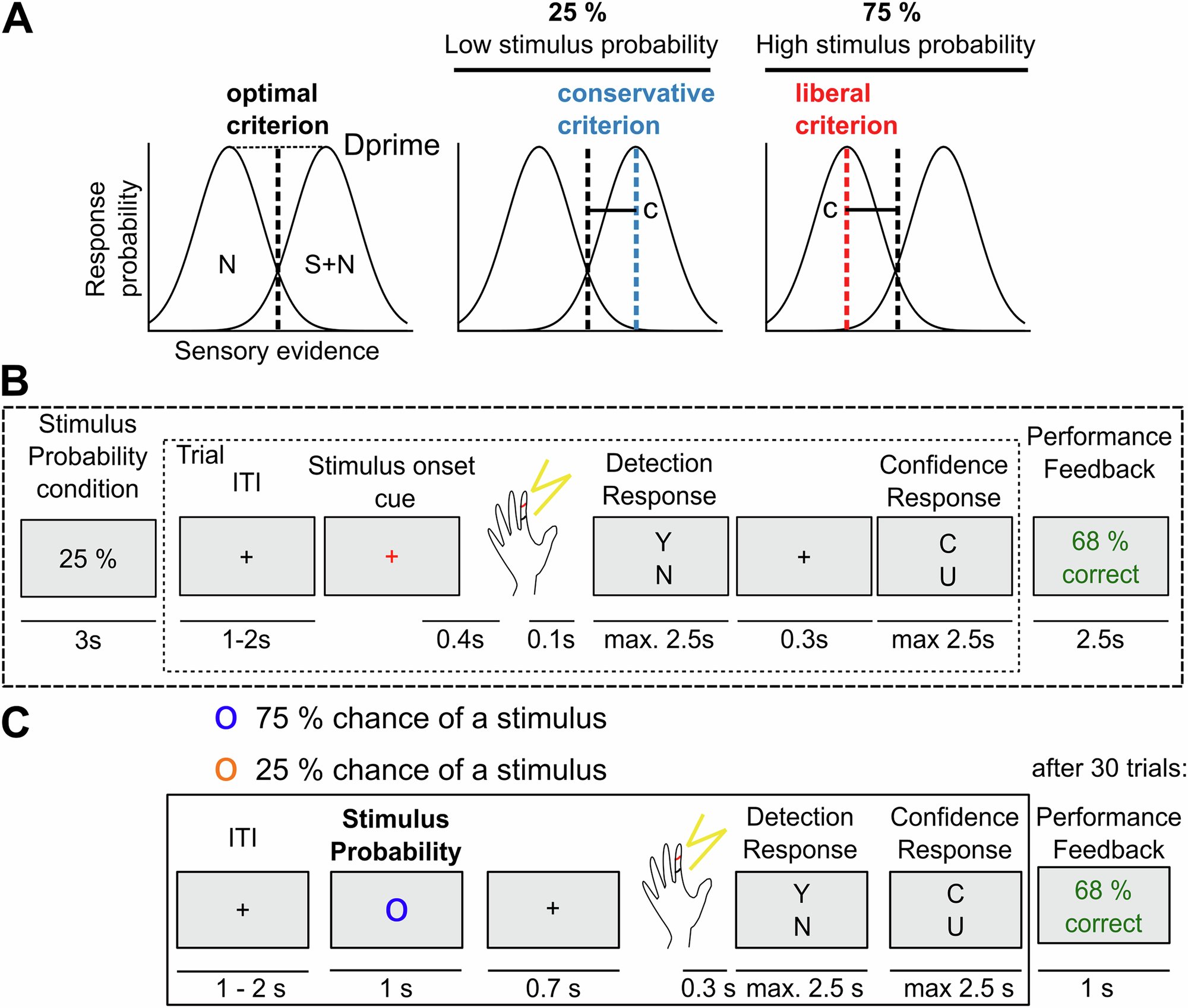
Using a sequential decision making task and cognitive modelling, this study shows that human decisions are best explained by a combination of repetition bias and goal directed reward-based behavior. nature.com/articles/s4427…

Computational modeling revealed that individuals with methamphetamine use disorder show reduced information-seeking and slower belief updating when trying to maximize long-term reward. @CarterMGoldman @toru1789taka @RyanSmith_LIBR nature.com/articles/s4427…
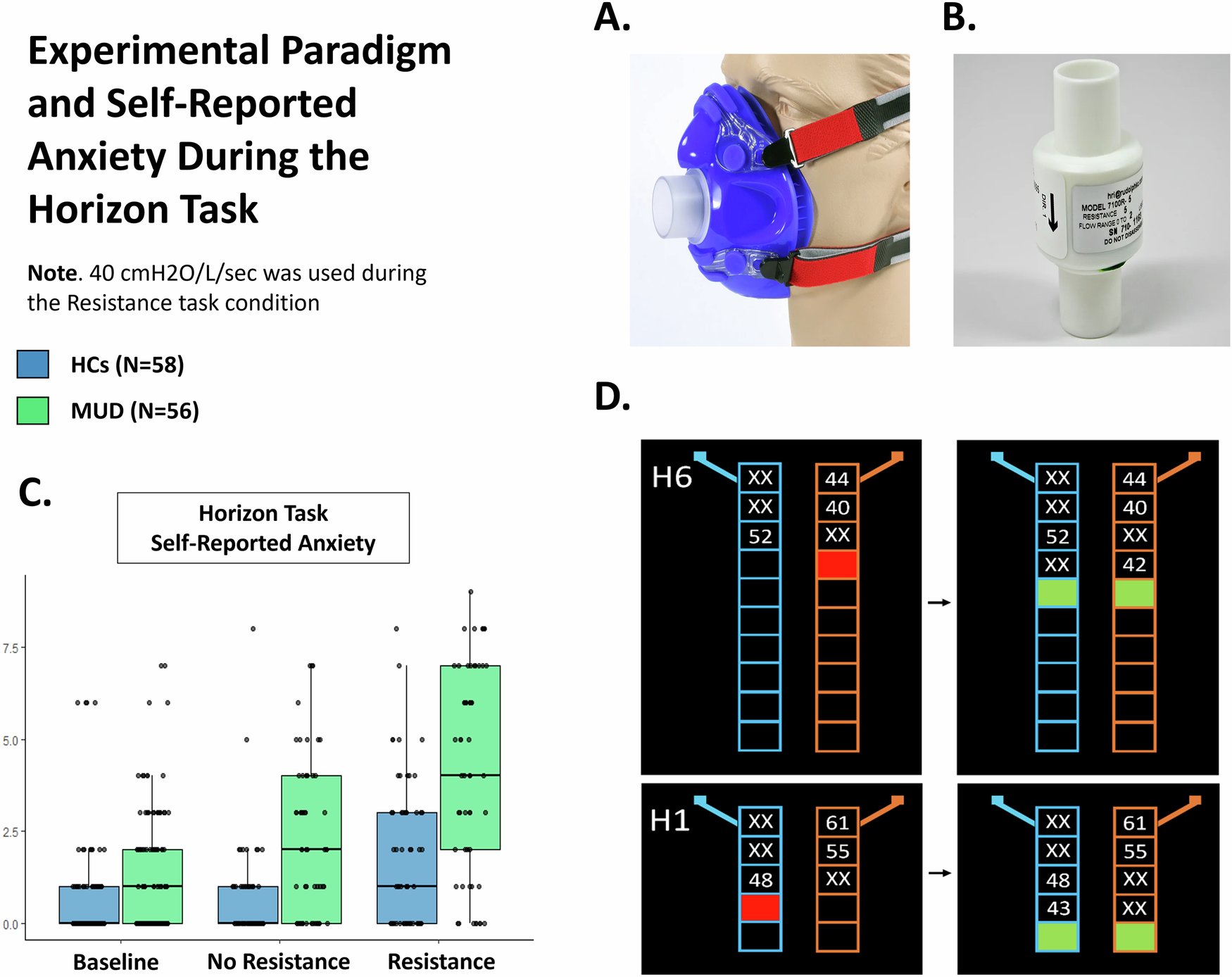
Two experimental studies using the intergenerational sustainable dilemma game found that people made more sustainable choices when future beneficiaries were ingroup members, and less when they were outgroup members. @Hiro_IMADA nature.com/articles/s4427…
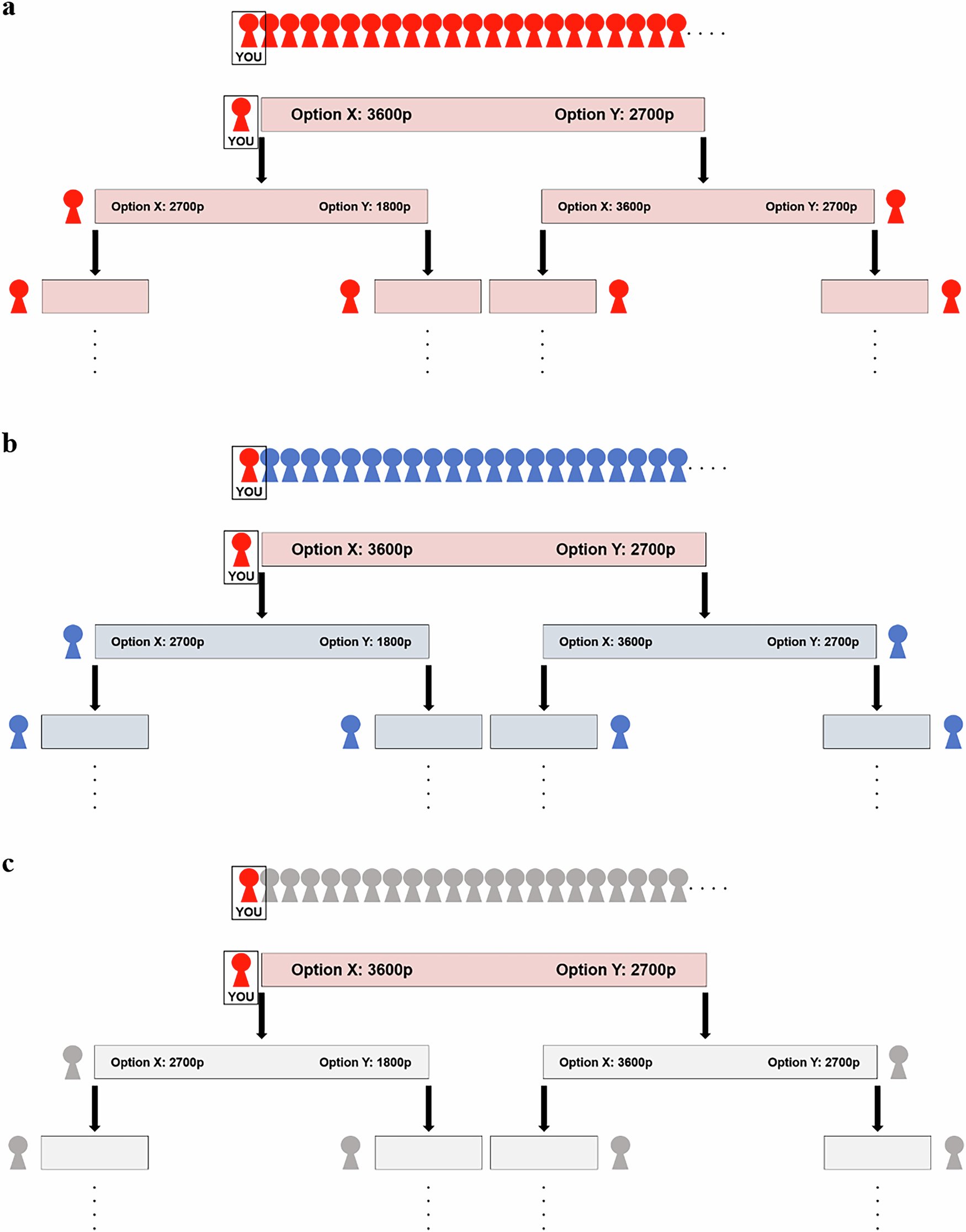
Results from three studies that examined 1,918 U.S. adults show that financial exploitation risk is heightened by a complex interplay of sociodemographic, health, cognitive, and psychosocial vulnerabilities. nature.com/articles/s4427…
